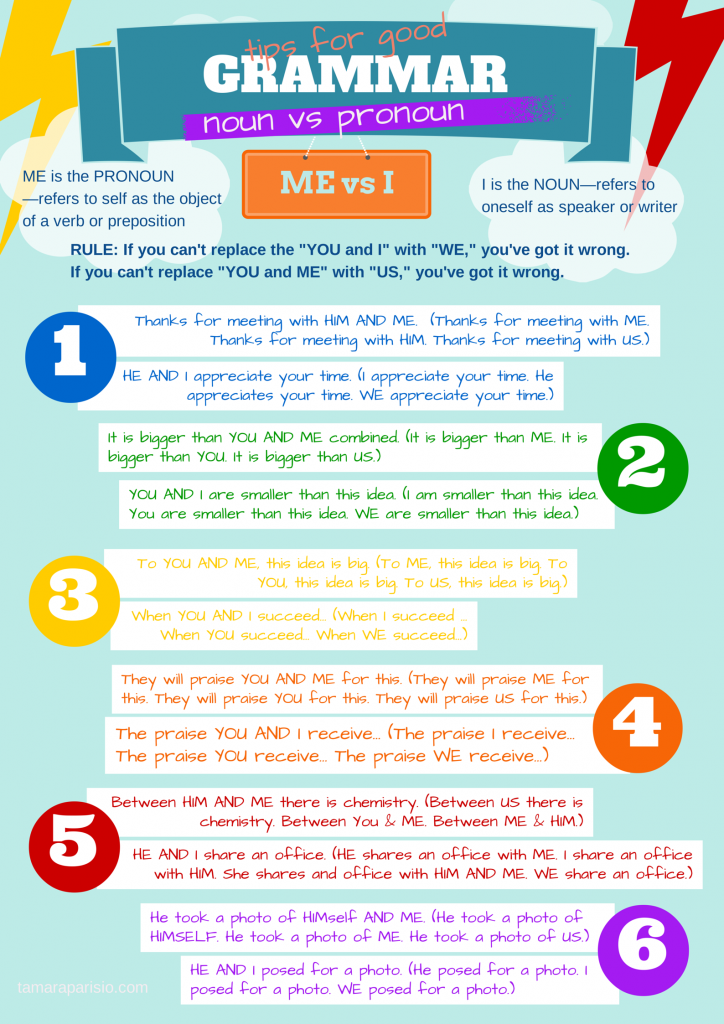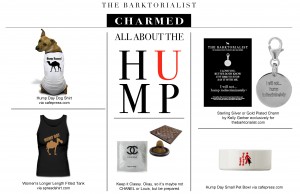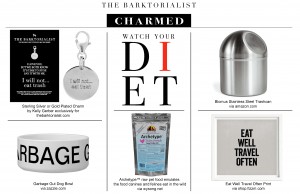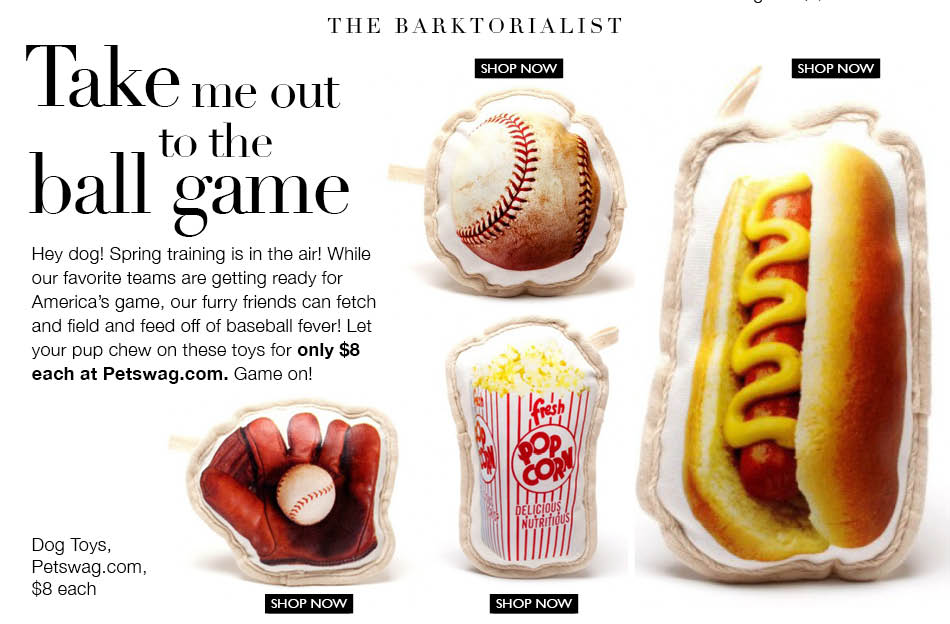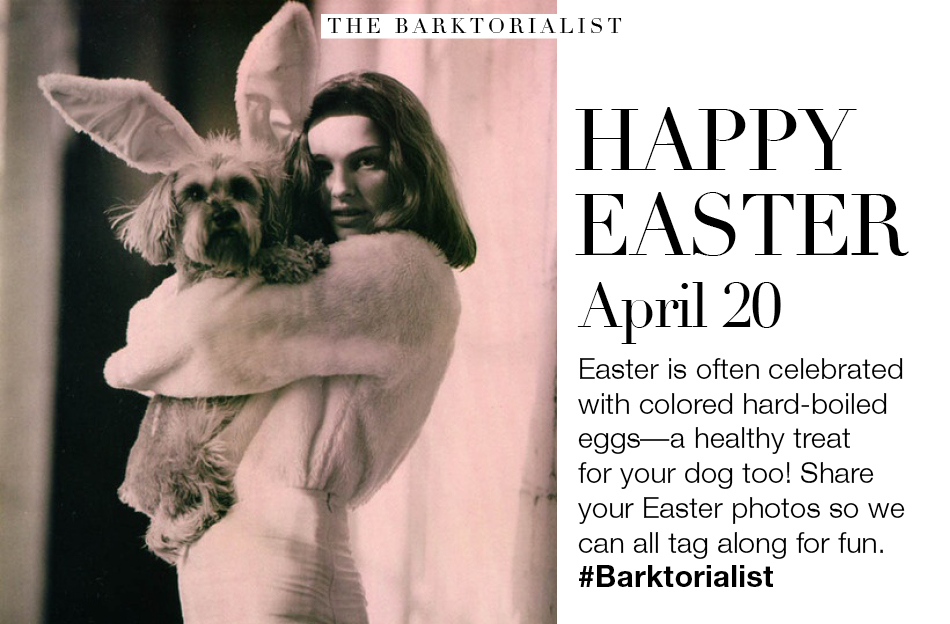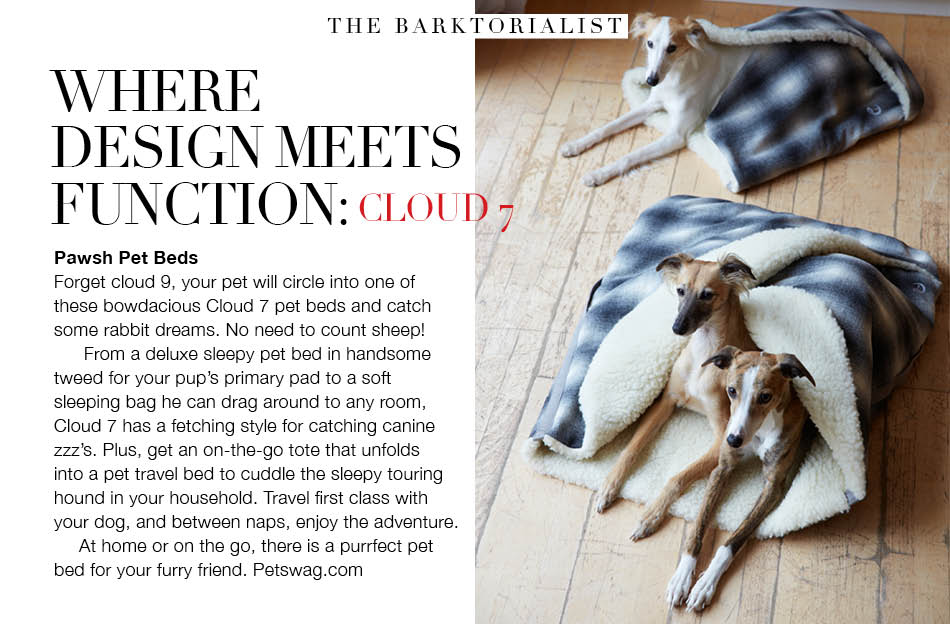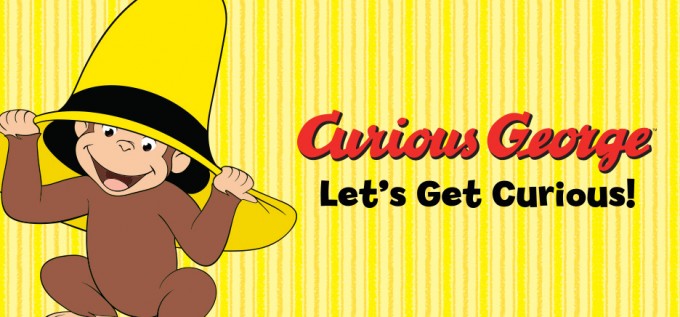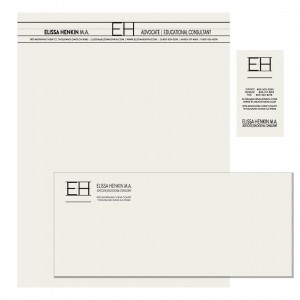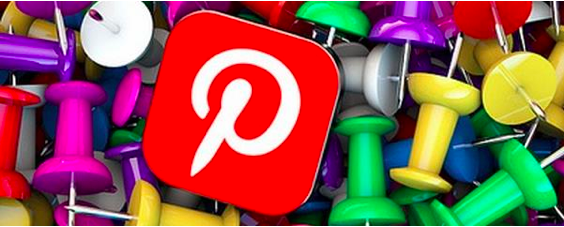Essential to your marketing program success is alignment and integration of the “Four P’s” which are Product, Price, Positioning, Placement.
PRODUCT: It all begins with your product—that which you proffer. It could be a tangible item or it could be a service. Either way, it is important to define your product in terms of the problem it solves. For example, my Parfum lets me express myself in a scent and gives an aromatic influence to my day. It is designed, packaged, and presented to meet tangible and emotional needs.
PRICE: Next it is important to formulate your price. The value of your product to your customer is determined by weighing many variables. In addition to consumer factors, each of these need consideration:
- product costs—you will need to cover costs in order to have a viable offer
- profit target—what is the desired return you wish to achieve
- positioning among competitive options—how your product compares to other choices your customer could make to solve the same problem
- place of distribution—where your customer gets your offer is a frame of reference for pricing (i.e. convenience outlet, luxury venue, specialty store, etc.)
PROMOTION: This includes a range of activities to gain awareness for your product, to attract prospects and convert them to customers. This includes efforts at the trade and consumer levels: advertising, public relations, events, sampling, and collaborative offers among the possibilities.
PLACEMENT: Place of distribution can affect your overall marketing efforts. For instance my Parfum is available only via specialty stores so it is more expensive than an option I could find at the discount department store and the marketing message will need to deliver a promise of panache.
To best serve your marketing endeavors, the Four P’s need to be integrated and aligned. This will help focus marketing messages and determine other efforts to augment positioning (sometimes considered the 5th P, we touched on positioning briefly while considering facets of pricing). Positioning is how the customer sees your product among the options or solutions considered. The marketing mix must work to align customer perception with the desired reputation you wish to build for your product, brand or company.
